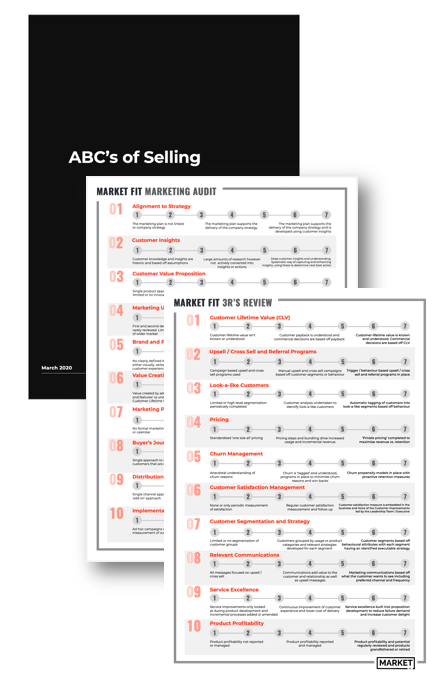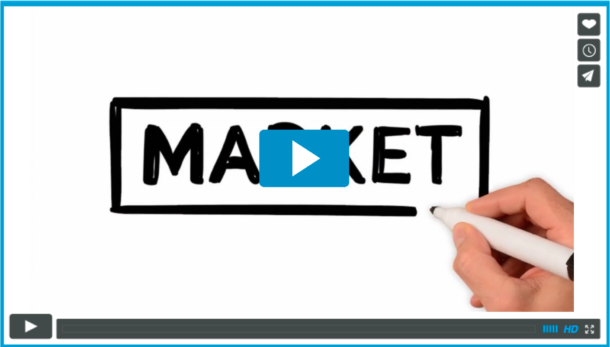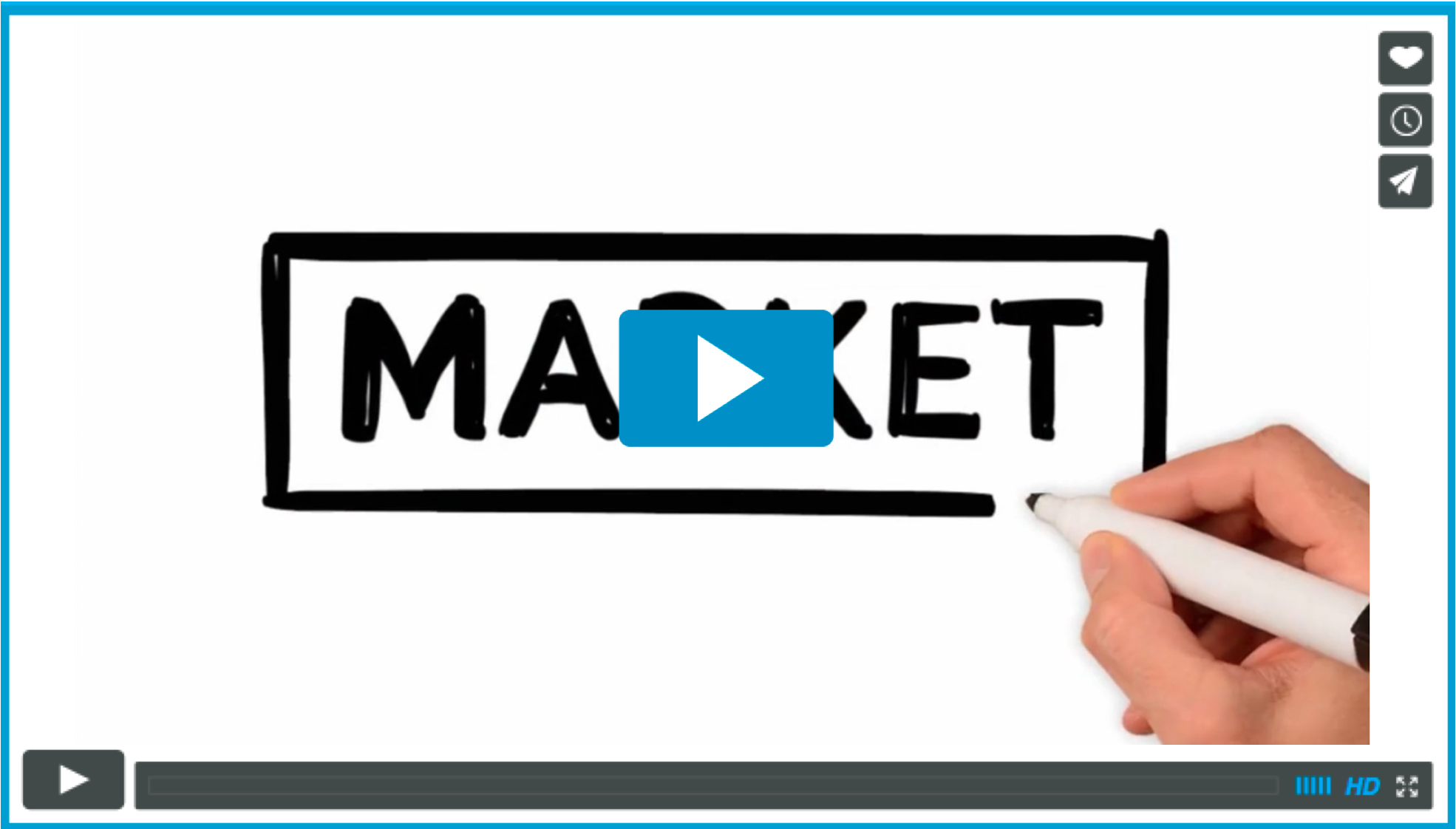“I didn’t have time to write a short letter, so I wrote a long one instead.” Mark Twain
One of the biggest stumbling blocks of getting strategy approved is not necessarily because the strategy is a bad or wrong it is that it can’t crisply and succinctly be articulated to the board. More often than not this manifests itself in the ballooning out the amount of detail or slides that are produced and attempted to be presented. This can be due to a lack of understanding or confidence in the strategy and more often than not leads to conversations that aren’t helpful to the approval and the whole presentations gets side tracked and ultimately they don’t get approved.
Below are some examples and templates that I have come across that may be useful ensuring your have the time to think and write a short letter.
Lean Canvas: This is a very simple one pager that lets you capture your business model on a one page diagram. There are a number of tools and guides on the web if you google ’The Lean Canvas’ Below are a couple of good links to get you started:
Outline:
- Problem: Top 3 problems
- Customer Segments: Target customers
- Unique Value Proposition: Simple, clear, compelling message that states why you are different and worth buying
- Solution: Top 3 features
- Channels: Path to customers
- Cost Structure: Customer acquisition costs, Distribution costs, People costs etc
- Revenue Streams: Revenue model, life time value, revenue, Gross Margin
- Key Metrics: Key activities you measure
- Unfair Advantage: Can’t be easily copied or bought.
Idea Template: One Pager Word Document that I created based on the 5 C’s
- Proposition Title
- Proposition (Customer): What is the top level proposition, what is in it for the customer
- Business Challenge (Why) Explain why are we doing this? Growing revenue, growing market share, efficiency etc
- Competition: Who is the competition? What do we know of the competition?
- Unique Value Proposition / Winning: Why can we win?
- Channel: How do we take this to market and attract customers
- Timing (When) What is the compelling event around timing, how long does this take to develop
- Top Line Commercials (Financial & KPI’s)
- Context: Where does this fit into the wider strategy and product portfolio or customer strategy
- Capability: Do we have the capability, need to develop it or buy in? What do we need to develop?
- Inter-dependencies and Capacity: are there any inter-dependencies and do we have the capacity to execute?
While this is more a start up pitch document you can use the basics or flow for your strategy presentations it was developed by Guy Kawaskai in The Art of the Start: Guy stated “I am evangelizing the 10/20/30 Rule of PowerPoint. It’s quite simple: a pitch should have ten slides, last no more than twenty minutes, and contain no font smaller than thirty points. The ten slides”
- Title
- Problem / Opportunity: Describe the pain you’re alleviating or the pleasure you’re providing
- Value Proposition: Explain the value of the pain you alleviate or the value of the pleasure you provide
- Underlying Magic: Describe the technology, secret sauce or magic behind your product.
- Business Model: Explain who has your money temporarily in his pocket and how you’re going to get into yours
- Go-to-Market Plan: Explain how you are going to reach you customer without breaking the bank
- Competitive Analysis: Provide a complete view of the competitive landscape. To much is better than too little
- Management Team: Describe the key players of your management team, board of directors, and board of advisors.
- Financial Projections and Key Metrics: Provide a three-year forecast containing not only dollars but also key metrics, such as the number of the customers and conversion rate.
- Current Status: accomplishments to date, timeline and use of funds.: Explain the current status of your product, what the near future looks like.
The above examples may not be perfect for your organisation however you will find that there are common themes flowing through them and you can adapt them for your own needs.
Finally beyond the content key is consistency in format. When you are presenting strategy you want to make it easy for the board to get to the key issue and approve. Therefore if you are constantly changing format the board will spend more time figuring out where the information is rather than understanding the story.





